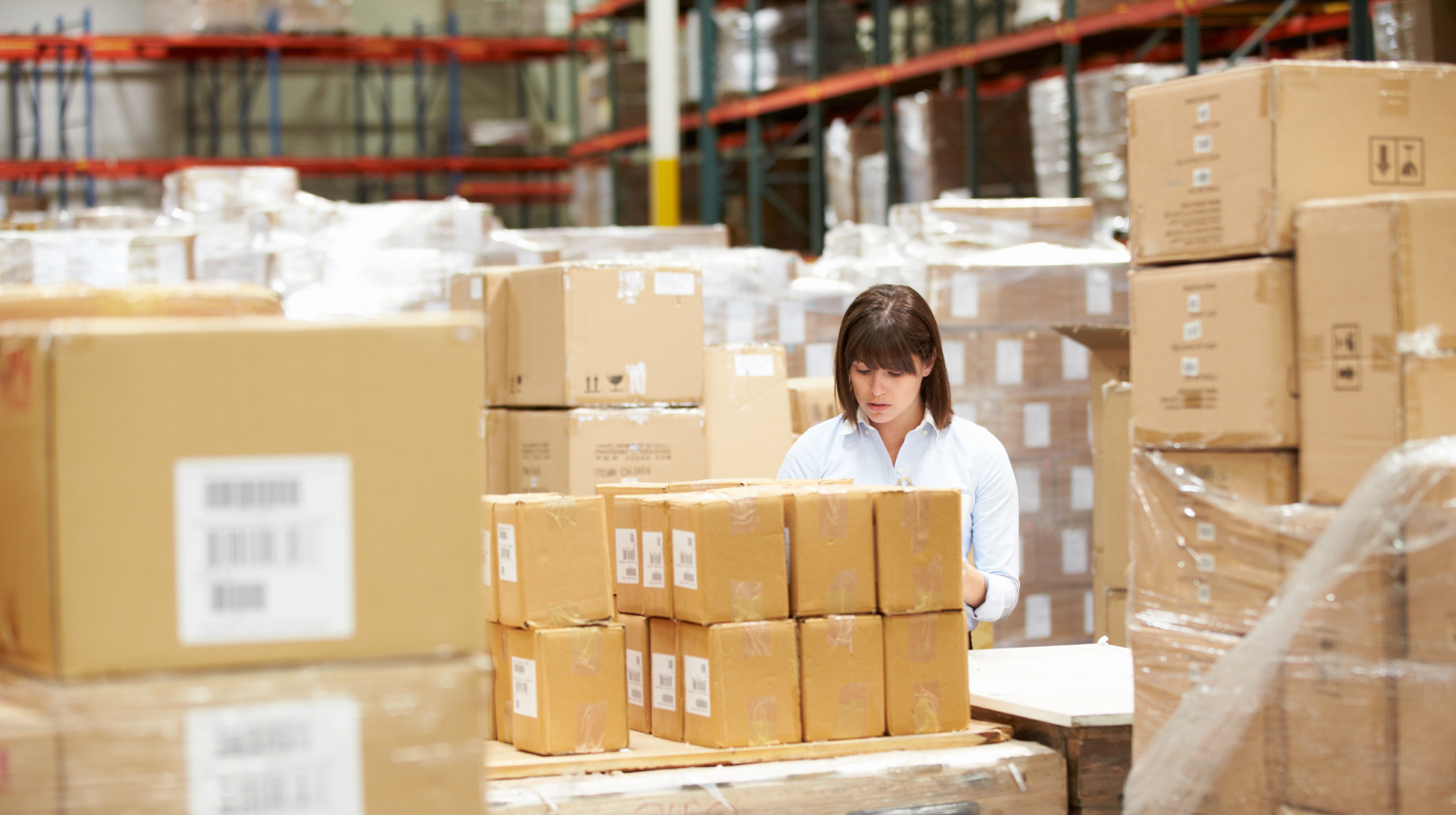In today’s world, where smartphone penetration has reached 68%, screen damage remains the number one reason for repairs, accounting for 35% of cases. As one of the top five global smartphone brands, Xiaomi’s Redmi series has emerged as a new goldmine in the repair market. This article provides an in-depth analysis of the Redmi LCD screen wholesale industry and how businesses can capitalize on the aftermarket opportunity, which is growing at an annual rate of 19%.

Why is the Demand for Redmi Screens Surging?
1. A Massive Installed Base
The Redmi Note series has ranked among the world’s top 10 best-selling models for five consecutive years. The Redmi Note 11 alone has shipped over 40 million units, while the flagship K series has surpassed 20 million units in cumulative sales. This vast user base creates a continuously growing demand for screen replacements.
2. The Rise of DIY Repairs
Since the passing of the “Right to Repair” law in the U.S., demand for third-party repair parts has surged by 47%. The modular design of Redmi phones has increased the screen replacement success rate to 82%, fueling an annual 35% rise in repair shop orders.
3. Advancements in Display Technology
The adoption of AMOLED screens in new models like the Redmi K70 has reached 60%, commanding a wholesale price premium of approximately $17 per unit over LCD screens. Additionally, flexible screens and high-refresh-rate displays offer over 40% profit margins.
Optimal Strategies for Sourcing Redmi Screens
1. Structuring Your Product Inventory
For an efficient wholesale strategy, consider the following ratio when stocking screens:
- 30% Original Manufacturer-Certified Screens (Including COP Encapsulation Technology)
- 50% A+ Grade Compatible Screens (Supporting DC Dimming & 120Hz Refresh Rate)
- 20% Budget Assembled Screens (For Cost-Sensitive Customers)
2. Verifying Supplier Credentials
Choose suppliers with the following credentials:
- Xiaomi Ecosystem Partners (e.g., Morning Core Technology)
- TÜV Rheinland Low Blue Light Certification
- Manufacturers Providing EDID Calibration Tools
3. Smart Inventory Management
Use a dynamic replenishment formula: Safety Stock = (Daily Sales × Procurement Cycle) + Z Value × √(Procurement Cycle × Sales Fluctuation)
- For Note Series: Stocking coefficient of 1.5
- For K Series: Stocking coefficient of 2.0
Four Practical Tips for Supply Chain Optimization
1. Controlling Cross-Border Procurement Costs
- Shenzhen Huaqiangbei Spot Market Markup: 18%
- 1688 Factory Direct Procurement: 13% VAT refund on bulk orders
- Vietnam & India Sourcing: 22% lower cost, but certification compliance (CE/FCC) varies
2. Implementing Damage-Proof Logistics
Using a three-layer protection system can reduce shipping damage from 8% to 0.5%:
- EPE Foam Padding
- Anti-Static Bags
- Honeycomb Cartons For large shipments, the China-Europe Railway is recommended, cutting freight costs by 65% compared to air transport.
3. Offering Value-Added Technical Support
To attract bulk buyers, provide specialized repair support packages, including:
- Screen Testing Fixtures Rental (Deposit-Based)
- eMMC Chip Data Migration Tutorials
- Official Color Calibration Profiles
4. Leveraging Digital Transformation Tools
Implementing ERP systems can significantly enhance operations:
- SKU Sales Forecast Accuracy: Up to 91%
- Inventory Turnover Rate: Improved from 4x/year to 7x/year
- Bad Debt Rate: Maintained below 0.3%
Market Trends and Risk Warnings for 2024
Opportunities
- Flexible OLED Screen Prices Expected to Drop by 12% in Q2
- India’s Spare Parts Demand Growing at 58% Annually
- Automotive Screen Retrofitting Presents a New Revenue Stream
Risks
- Identifying “Re-sealed Screens” (Return Rate Over 30%)
- New EU CE-RED Regulations Effective July 2024
- Currency Exchange Rate Fluctuations Impacting Import Costs by ±8%
Conclusion
According to IDC, the global smartphone repair market is projected to exceed $80 billion in 2024. Redmi screens are evolving from low-margin spare parts into critical components of the smart hardware ecosystem. Wholesalers should consider bundling screens with motherboards and batteries to capitalize on a 67% increase in average order value and stay ahead in this lucrative market.
FAQs
1. Where is the best place to source wholesale Redmi screens?
The best sourcing options include 1688.com for factory-direct purchases, Shenzhen Huaqiangbei for spot buying, and cross-border channels in Vietnam and India for cost advantages.
2. How can I differentiate between original and counterfeit screens?
Look for EDID data matching, low blue light certification, and original Xiaomi ecosystem suppliers. Avoid re-sealed screens with a high defect rate.
3. What are the most profitable Redmi screens to wholesale?
High-end AMOLED screens and flexible displays offer the highest margins, particularly those with 120Hz refresh rates.
4. What shipping method minimizes damage risk for screen orders?
For large orders, the China-Europe Railway is the best choice due to its balance of cost-efficiency and protection. Always use triple-layer packaging.
5. How can digital tools improve screen wholesale business?
ERP systems help optimize inventory turnover, forecast sales accurately, and reduce financial risks.


